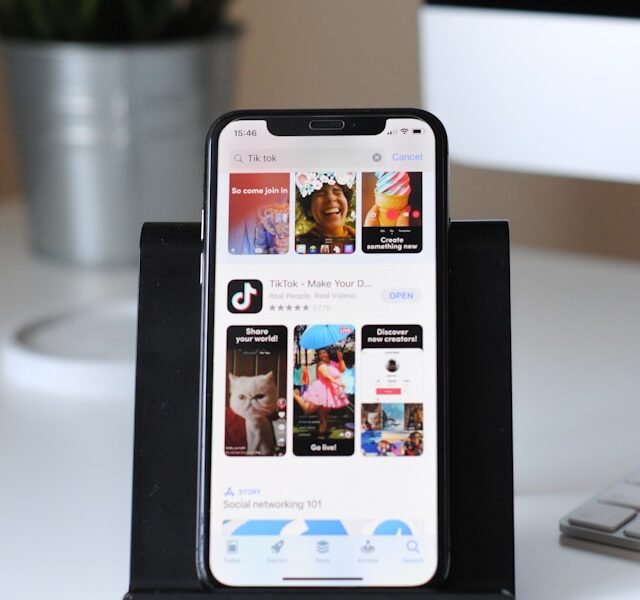The intersection of social media and road safety is under unprecedented scrutiny as lawsuits targeting platforms like Snapchat, TikTok, and Meta surge. With distracted driving claiming thousands of lives annually, plaintiffs and lawmakers argue that tech giants must bear accountability for designing addictive features that endanger drivers. This article explores the rise of drive social media lawsuit, their legal implications, and how these cases could reshape digital responsibility.
What is Drive Social Media Lawsuit?
Drive social media lawsuits are legal actions alleging that social media platforms contribute to distracted driving accidents through features that encourage or reward risky behavior. Key examples include:
- Snapchat’s Speed Filter: A now-removed tool that let users overlay their real-time speed on photos, allegedly incentivizing speeding.
- TikTok Challenges: Viral trends like the “Devious Licks” car theft challenge or “seatbelt click” stunts performed while driving.
- Algorithmic Promotion: Lawsuits claim platforms prioritize engagement over safety by promoting dangerous content to young users.
In 2023 alone, over 20 major lawsuits were filed in the U.S., with plaintiffs seeking billions in damages.
Why Social Media Companies Are Being Targeted
Critics argue that platforms employ neuromarketing tactics—such as infinite scrolling, push notifications, and gamified rewards—to keep users hooked, even while driving. A 2024 study by the Journal of Safety Research found that drivers using social media apps are 8x more likely to crash than those focused on the road.
Key Legal Arguments:
- Product Liability: Plaintiffs claim platforms are “defective products” due to poor safety design (e.g., no driving-mode defaults).
- Section 230 Loopholes: While this law shields companies from liability for user-generated content, lawsuits argue platform design choices (e.g., speed filters) fall outside this protection.
- Youth Targeting: Many plaintiffs are minors, alleging platforms knowingly exploit underdeveloped adolescent brains.
Landmark Cases Shaping the Legal Landscape
- Snapchat’s $35M Settlement (2024): Resolved a case where a teen driver using the speed filter caused a fatal crash. Snapchat denied fault but removed the feature and funded road safety campaigns.
- TikTok Wrongful Death Suit (2023): A Texas family sued TikTok after their daughter died attempting the “Blackout Challenge” while driving. The case is pending.
- Meta’s Notification Lawsuit: A class-action suit claims Instagram’s persistent notifications led to a multi-car accident in Florida.
How Social Media Platforms Are Responding
Facing legal and public pressure, tech companies are rolling out safety measures:
- TikTok: Banned hashtags like #DrivingChallenge and introduced pop-ups that disable video playback when motion is detected.
- Meta: Launched “Drive Mode” on Instagram, muting notifications and auto-replying to messages.
- Snapchat: Partnered with AT&T to promote its “Don’t Snap and Drive” PSA campaign.
However, critics argue these steps are reactive rather than proactive. “Why wait for tragedy to act?” asks Laura Smith of the National Safety Council.
Legislative Moves to Curb Social Media-Driven Distracted Driving
Lawmakers are stepping in with stricter regulations:
- Federal: The proposed SAFE TECH Act (2024) would amend Section 230, allowing lawsuits against platforms for “foreseeable harm” caused by design features.
- State-Level:
- California’s AB 2687 (2024) mandates motion-sensing tech to block app functionality in moving vehicles.
- New York’s Digital Responsibility Law fines platforms $10,000 per post promoting distracted driving.
Ethical Dilemmas: Safety vs. Innovation
While safety advocates push for stricter rules, tech leaders warn of overreach. “Regulating app design stifles creativity,” argues TechNet CEO Linda Moore. Privacy concerns also loom—for instance, motion-detection tools require access to location data, raising surveillance fears.
What Drivers Need to Know
- Insurance Implications: Using social media while driving can void auto insurance claims if proved as negligence.
- Legal Precedent: Courts are increasingly siding with plaintiffs, setting a risky precedent for tech companies.
The Future of Drive Social Media Lawsuits
Legal experts predict a wave of global litigation, particularly as AI-powered features (e.g., live-streaming dashboards) grow. Platforms may soon face class-action suits akin to Big Tobacco or opioid cases, where companies paid billions for public harm.
Conclusion
Drive social media lawsuits mark a pivotal shift in holding tech giants accountable for real-world consequences. As courts weigh product liability against innovation, the outcome could redefine how platforms balance engagement with ethical responsibility. For now, drivers are urged to #ParkThePhone—because no notification is worth a life.







